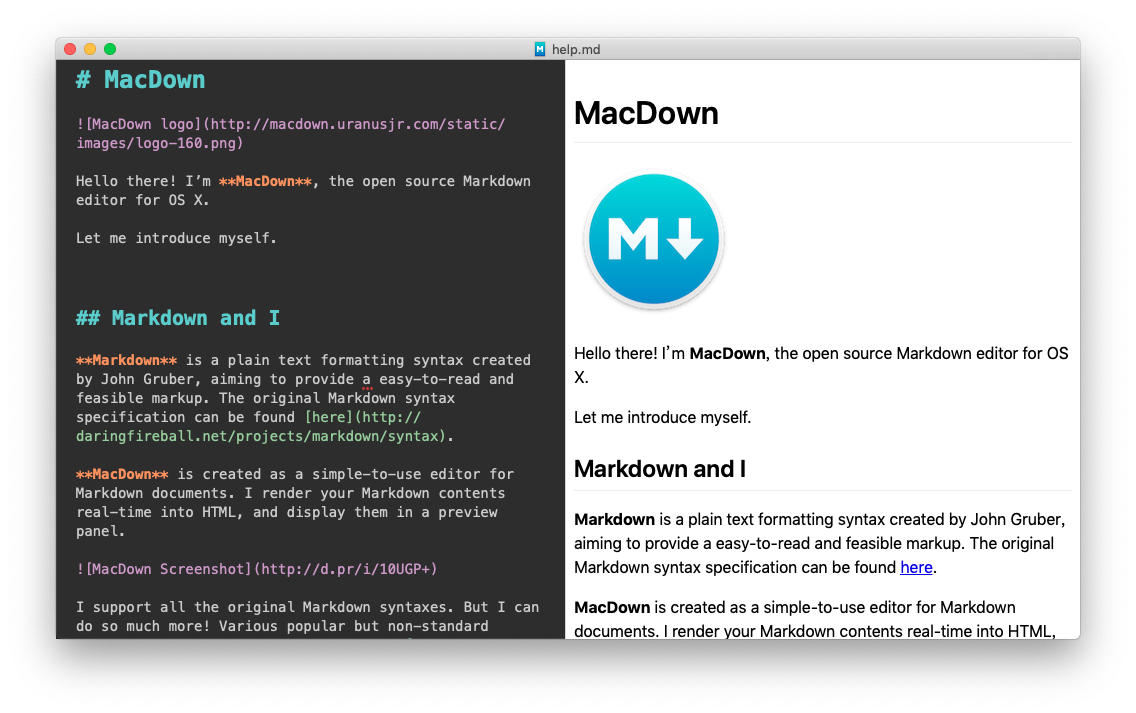This repository contains the source for the Scala documentation website, as well as the source for "Scala Improvement Process" (SIP) documents.
This site uses a Jekyll, a Ruby framework. You'll need Ruby and Bundler installed; see Jekyll installation instructions for the details.
To build and view the site locally:
bundle install
bundle exec jekyll serve -I
For more details, read on.
You need to have Docker Engine and Docker Compose installed on your machine.
Under macOS (Intel or Apple silicon), instead of installing Docker Desktop you can also use HomeBrew with Colima: brew install colima docker docker-compose.
UID and GID environment variables are needed to avoid docker from writing files as root in your directory.
By default, docker-compose will use the file docker-compose.yml which will build the website and serve it on 0.0.0.0:4000 .
If you just need to build the website, add -f docker-compose_build-only.yml
env UID="$(id -u)" GID="$(id -g)" docker-compose up
The generated site is available at http://localhost:4000.
When the website dependencies change (the content of the Gemfile),
you have to re-build the Docker image:
env UID="$(id -u)" GID="$(id -g)" docker-compose up --build
If you have problems with the Docker image or want to force the rebuild of the Docker image:
env UID="$(id -u)" GID="$(id -g)" docker-compose build --no-cache
For more details on the Docker option, see also this issue.
Please have a look at Add New Guides/Tutorials before making a contribution. This document gives an overview of the type of documentation contained within the Scala Documentation repository and the repository's structure.
Small changes, or corrected typos will generally be pulled in right away. Large changes, like the addition of new documents, or the rewriting of existing documents will be thoroughly reviewed-- please keep in mind that, generally, new documents must be very well-polished, complete, and maintained in order to be accepted.
cd into the directory where you cloned this repository, then install the required gems with bundle install. This will automatically put the gems into ./vendor/bundle.
Start the server in the context of the bundle (use -I for incremental builds):
bundle exec jekyll serve -I
